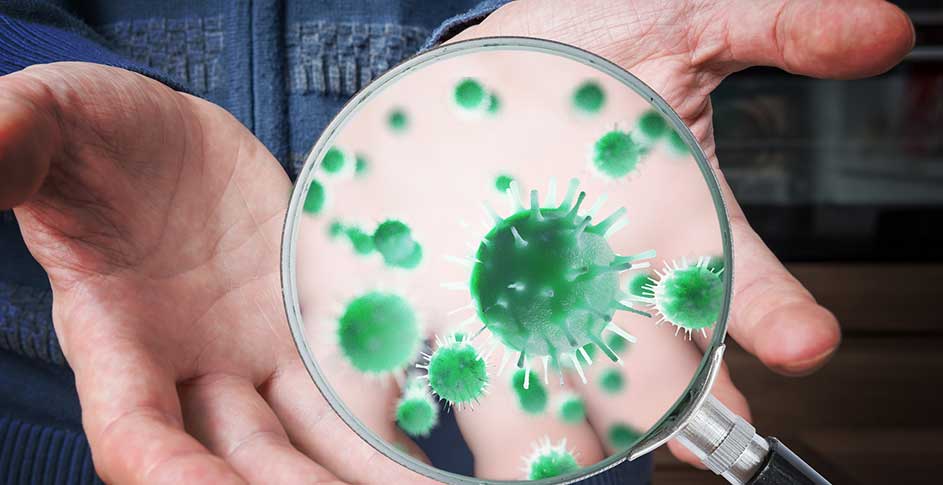Year-in-review articles usually reminisce over the past 12 months of pop culture and politics. But our job is to make sure that air quality news doesn’t go fade away into obscurity. After all, we all use far more air than social media (hopefully). Here are the air quality highlights (and low points) of 2024.
Disasters: Wildfires & Hurricanes
In a previous blog, we worried that dry weather across the western United States would prompt a greater number of wildfires. We were technically correct, but only barely. There were only slightly more domestic wildfires in 2024 compared to 2023.
However, while the number of wildfires stayed about the same, a far greater number of acres burned in 2024. From January 1st to December 13th, 2023, 2.6K acres were affected by wildfires in the United States. Over the same period in 2024, over 3 times as many acres (8.5K) were affected. On top of that, the Northeast experienced an uncharacteristic autumn drought, leading to brush fires and dangerous air quality. Of course, this does not take into account the catastrophic LA wildfires that began in the first week of 2025 and are still ongoing at the time of this blog’s publication.
Experts also predicted a particularly active Atlantic hurricane season this year. The season did prove to be above average with “18 named storms, 11 hurricanes, and [5] major hurricanes[...]Among them was Hurricane Beryl, which made history as the earliest Category 5 hurricane ever recorded in the Atlantic basin,” according to the UN. As a reminder, hurricanes can negatively impact air quality due to the proliferation of mold spores after flooding and water damage.
Diseases: Bird Flu
We’ve written about bird flu ad nauseam, but it’s not leaving the news any time soon. As recently as December 18th, the CDC reported the first severe illness from bird flu in the United States (which was also the first domestic case of transmission from a backyard flock). A day earlier, Dr. Chin-Hong of UC San Francisco took to the Los Angeles Times to beg society and the government to prepare for the inevitability of human-to-human transmission.
Meanwhile, the French paper Le Monde declared that “America's handling of the bird flu crisis is putting, and will continue to put, the entire world at risk.” This echoes the comments of ActivePure’s own Dr. Birx back in June. As she told CNN:
“This is why I’m really concerned because we’re making the same mistakes today that we made with COVID. And what do I mean by that? We’re not testing to really see how many people have been exposed and got asymptomatically infected.”
In short, another global pandemic appears to be right around the corner. We can hope that bird flu doesn’t dominate headlines in 2025 — there’s still a chance it might not — but governments, hospitals, businesses, and schools should begin planning as if it will.
Data: ActivePure’s Peer-Reviewed Studies
With the threat of Bird Flu, one could almost wish there was some affordable technical solution that could change the indoor transmission game.
That’s our cue.
ActivePure’s Advanced Photohydrolysis Technology proved itself in not 1 but 2 separate peer reviewed studies this year. Both these studies emphasize why we should be in your homes, schools, businesses, and healthcare facilities in 2025.
One study, focusing on safety, assessed the impact of therapeutic levels of Advanced Photohydrolysis on mice, commonly used as surrogates in medical studies focused on how things impact the human body. They found no difference in the health, behavior, bloodwork, or tissue of mice exposed to Advanced Photohydrolysis versus the control group.
Conducted across 2 ICUs in Kentucky and Louisiana, the other study sampled environmental surfaces, floors, and air for methicillin-resistant Staphylococcus aureus (MRSA), fungi, and aerobic bacteria every 4 weeks over 4 months. The researchers found that mean fungal CFUs and MRSA CFUs were reduced by 98%-99% on environmental surfaces at both sites. More importantly, healthcare-associated infections fell 70% at one site and 71% at the other.
Both studies used data collected by independent laboratories. You can read more about the results on our website.
Details: Other Miscellaneous Headlines
In case you missed it, there were a few other air quality updates this year:
- In February, the EPA enacted stricter standards for PM2.5, lowering the National standard to 9 µg/m3.
- In August, a modular home featuring ActivePure Technology — The Picket Fence — went on the market in Pittsburg.
- In December, a mysterious new “Disease X” in Africa turned out to be not that mysterious after all; the deadly ailment was the result of severe malaria exacerbated by malnutrition.
2025 Resolutions
We don’t know the future, but we can be fairly certain of 2 things:
- More diseases and disasters are going to affect the air in 2025.
- The actions we take today determine how badly #1 will impact us tomorrow.
There’s no better time to prepare than the present. To make ActivePure part of your New Year's resolution, contact us today.



